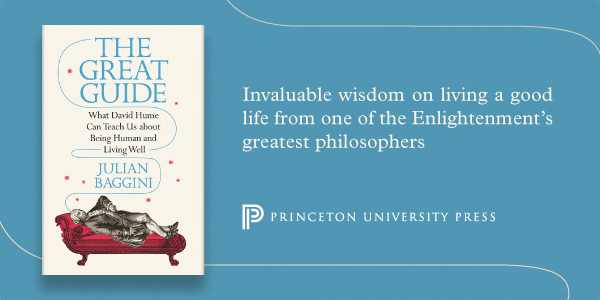Here’s a description of the project:
Michael C. Baumgartner, professor of philosophy at the University of Bergen, has been awarded a NOK12,000,000 (approximately .4 million) grant from the Research Council of Norway to support his project, “Advancing Causal Modeling with Coincidence Analysis (AdCNA).”

Main goals. The development of CNA is not finished. The AdCNA project will address four remaining weaknesses and limitations of the method. First, CNA’s applicability, which is currently limited to data on a maximum of about 15 factors, shall be extended to data of significantly higher dimensionality. Second, we will develop CNA-specific inference tests to further improve the quality of the method’s output—at present, that quality is not high enough when the data have small sample sizes and high noise levels. Third, instruments will be devised for reducing model ambiguities, which are particularly severe when the data are heavily fragmented. Fourth, by applying CNA in studies on auditory hallucinations and infant mortality, we will extend the scope of CNA applications to psychology and epidemiology. Overall, CNA has proven its value in some disciplines. But to establish itself in the methodological toolbox of the special sciences, more algorithmic power and flexibility, more output reliability, and wider dissemination are needed. The AdCNA project sets out to deliver exactly that.
Background. Coincidence Analysis (CNA) is a configurational comparative method of causal data analysis that was first introduced in (Baumgartner 2009a, 2009b), substantively re-worked and generalized in (Baumgartner and Ambühl 2020), and implemented in a software library of the R environment for statistical computing in (Ambühl and Baumgartner 2020). In recent years, CNA was applied in numerous studies in public health as well as in the social and political sciences. For example, Dy et al. (2020) used CNA to investigate how different implementation strategies influence patient safety culture in medical homes. Yakovchenko et al. (2020) applied the method to data on the factors affecting the uptake of innovation in the treatment of hepatitis C virus infection, while Haesebrouck (2019) drew on CNA to search for factors influencing EU member states’ participation in the military operations in Libya and against the Islamic State. In contrast to more standard methods of data analysis, which primarily quantify effect sizes, CNA belongs to a family of methods designed to group causal influence factors conjunctively (i.e. in complex bundles) and disjunctively (i.e. on alternative pathways). It is firmly rooted in a so-called regularity theory of causation and it is the only method of its kind that can process data generated by causal structures with multiple outcomes (effects), for example, causal chains.

There’s some further information here and here.





